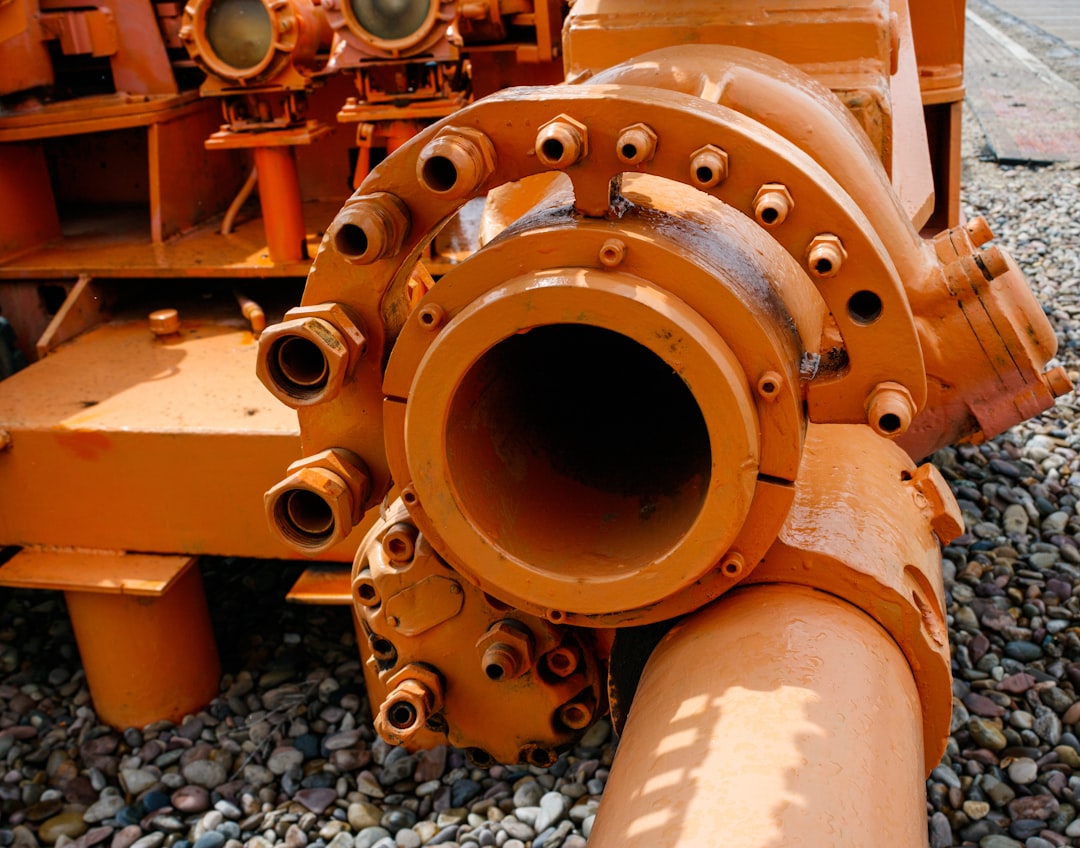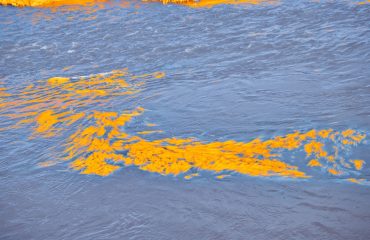body { font-family: sans-serif; line-height: 1.6; }
h1, h2, h3 { color: #333; }
img { max-width: 100%; height: auto; }
Liquefied Natural Gas (LNG) pipelines represent a critical link in the global energy infrastructure, transporting this vital fuel across vast distances. However, the unique challenges posed by transporting cryogenic fluids necessitate stringent specifications to ensure safety, efficiency, and longevity. This comprehensive guide delves into the key aspects of LNG pipeline specifications, exploring the critical considerations involved in their design, construction, and operation.
1. Material Selection: Withstanding Cryogenic Temperatures
The most crucial aspect of LNG pipeline specifications is the material selection. LNG operates at extremely low temperatures, typically around -162°C (-260°F). Standard steel pipelines are unsuitable due to the risk of brittle fracture at these temperatures. Therefore, specialized materials with excellent cryogenic properties are essential. Common choices include:
- Austenitic Stainless Steels: These steels, like 304L and 316L, possess excellent ductility and toughness at cryogenic temperatures, making them suitable for many LNG pipeline applications.
- 9% Nickel Steel: This alloy exhibits exceptional strength and toughness at low temperatures, often preferred for high-pressure applications.
- Aluminum Alloys: Certain aluminum alloys, particularly those with high strength and low temperature brittleness, are also employed, particularly in smaller diameter pipelines or specific sections.
The choice of material depends on factors such as pipeline diameter, operating pressure, and environmental conditions. Detailed metallurgical testing and analysis are essential to verify the material’s suitability for the specific application.
2. Design Considerations: Pressure, Temperature, and Terrain
LNG pipeline design requires meticulous consideration of several factors. The pipeline must withstand significant internal pressure due to the liquefied gas, while simultaneously managing the extreme low temperatures. The design process includes:
- Pressure Rating: Determining the maximum allowable operating pressure (MAOP) is crucial for safety. This is influenced by the pipeline material, diameter, and wall thickness.
- Thermal Stress Analysis: The extreme temperature difference between the LNG and the surrounding environment necessitates careful analysis to mitigate thermal stresses and prevent cracking or deformation.
- Terrain Considerations: The pipeline route must be carefully planned to minimize environmental impact and account for geographical features such as mountains, rivers, and seismic zones. This includes considerations for pipeline depth and support structures.
- Expansion Joints: To accommodate thermal expansion and contraction, expansion joints are incorporated at strategic points along the pipeline to prevent excessive stress buildup.
3. Safety and Regulatory Compliance: Mitigation of Risks
LNG pipelines pose unique safety challenges due to the flammable nature of LNG and the potential for leaks. Stringent safety measures are implemented throughout the pipeline’s lifecycle, including:
- Leak Detection Systems: Advanced monitoring systems are crucial for detecting leaks promptly and preventing potential incidents. These systems often incorporate sensors, pressure monitoring, and automated shut-off valves.
- Emergency Shut-Down Systems: Rapidly shutting down the pipeline in case of an emergency is crucial. These systems need to be highly reliable and readily accessible.
- Regulatory Compliance: LNG pipelines must adhere to stringent national and international regulations regarding design, construction, operation, and maintenance. Compliance with these regulations is essential for ensuring safety and preventing environmental damage.
- Right-of-Way Management: Careful management of the pipeline’s right-of-way is crucial to prevent damage from external sources such as excavation or third-party interference.
4. Construction and Installation: Precision and Expertise
The construction and installation of LNG pipelines demand high levels of precision and expertise. The process involves:
- Welding: Specialized welding techniques are employed to ensure high-quality welds that can withstand the extreme operating conditions. Non-destructive testing (NDT) is used to verify the integrity of the welds.
- Pipeline Coating: External coatings are applied to protect the pipeline from corrosion and environmental factors. These coatings are often designed to withstand the low temperatures and protect against external damage.
- Installation Techniques: Depending on the terrain, various installation methods are employed, including trenching, directional drilling, and above-ground installation. Each method requires careful planning and execution to ensure pipeline integrity.
- Quality Control: Rigorous quality control procedures are implemented throughout the construction process to ensure compliance with specifications and prevent defects.
5. Maintenance and Inspection: Ensuring Long-Term Reliability
Regular maintenance and inspection are vital for ensuring the long-term reliability and safety of LNG pipelines. This includes:
- Periodic Inspections: Regular inspections using methods such as in-line inspection (ILI) tools are conducted to detect any internal corrosion, defects, or damage.
- Leak Surveys: Periodic leak surveys are conducted to identify any external leaks or signs of damage.
- Preventive Maintenance: Regular maintenance activities, such as cleaning and repair of valves and fittings, are essential to prevent equipment failure and ensure operational efficiency.
- Corrosion Monitoring: Monitoring corrosion rates is crucial for assessing the pipeline’s remaining life and planning for future maintenance or replacement.
By adhering to these stringent specifications and implementing a comprehensive maintenance program, the longevity and safety of LNG pipelines can be ensured, supporting the reliable delivery of this crucial energy resource.
Tags: LNG pipeline, cryogenic pipeline, pipeline specifications, LNG transportation, pipeline safety




